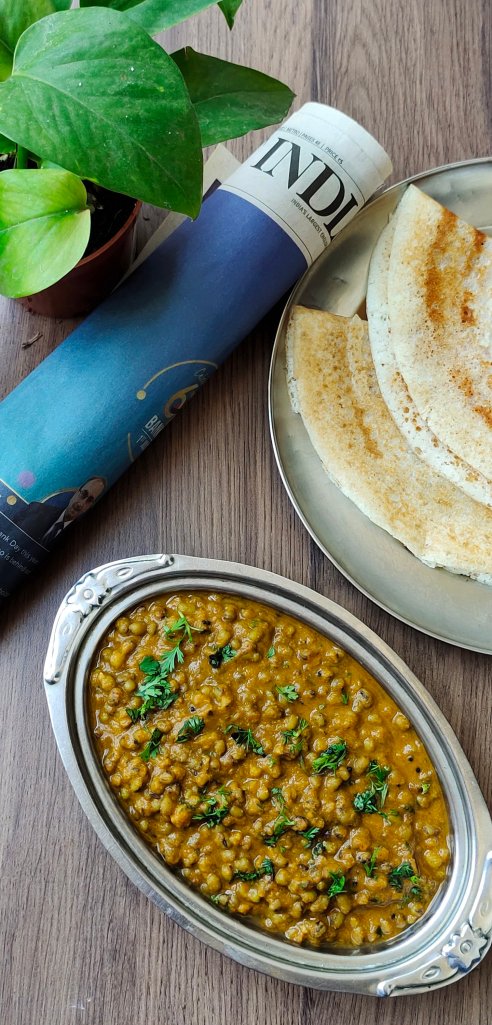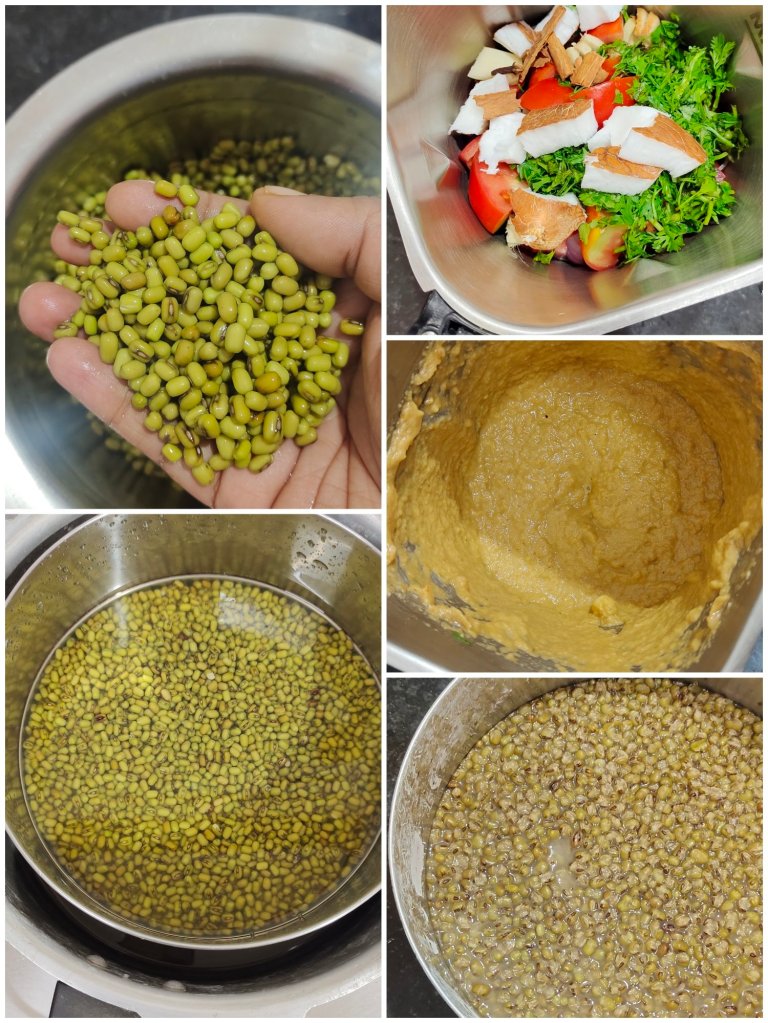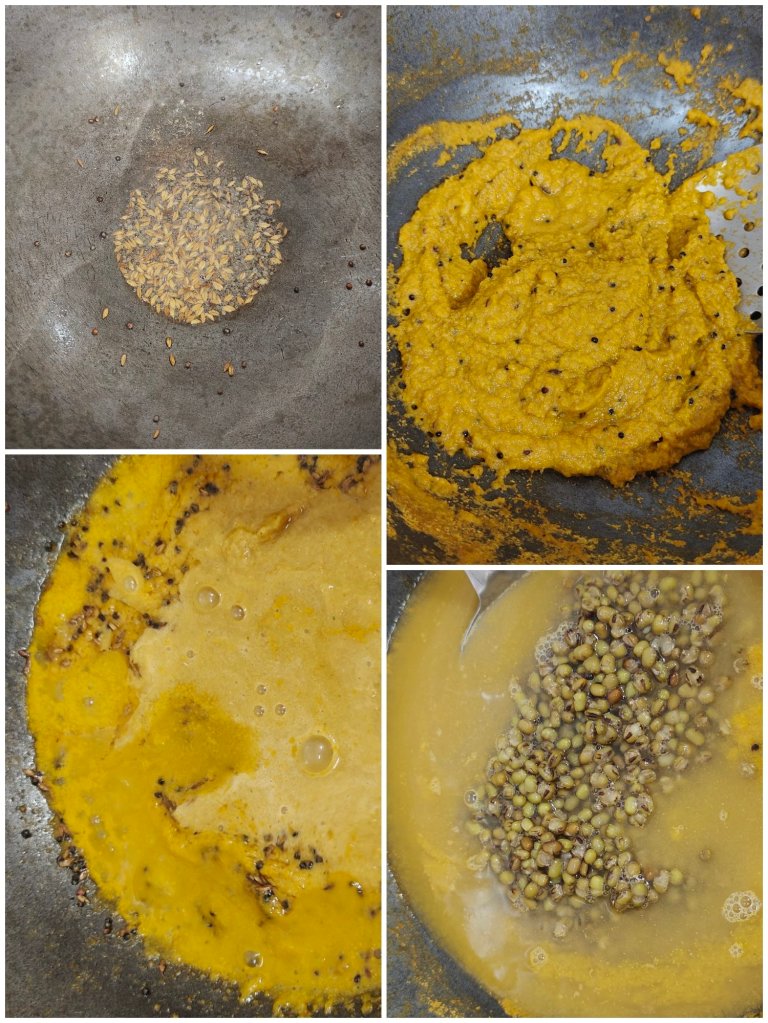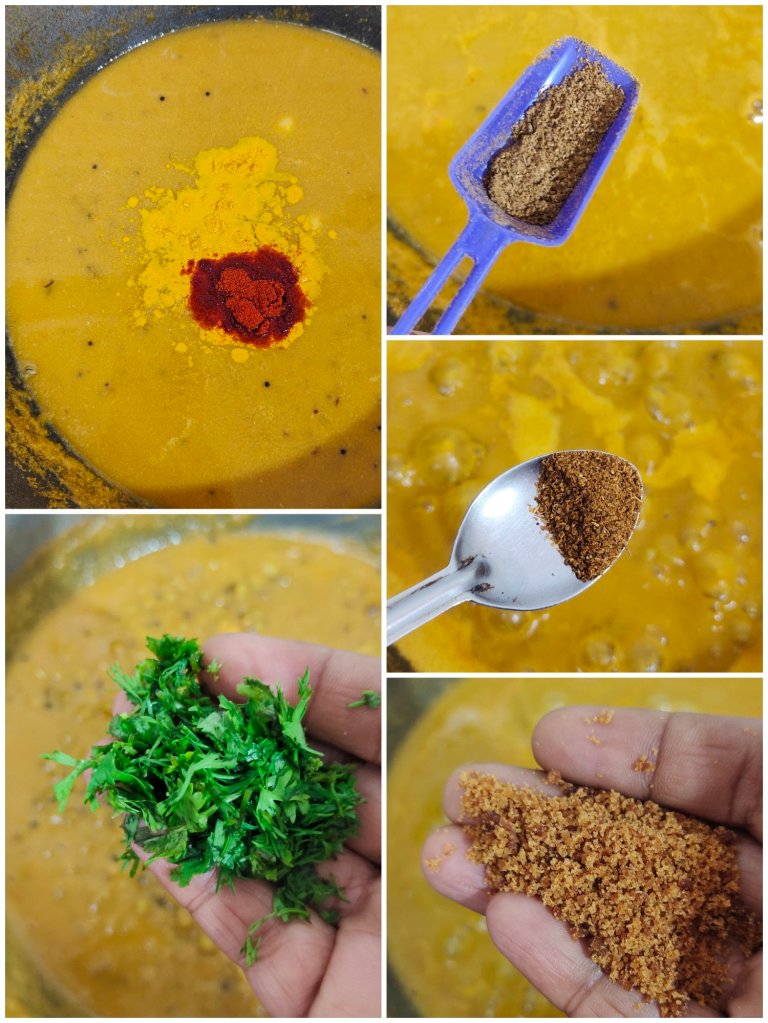Gol Paani is a special beverage popular among the Bohra Muslim community. It is made with all-natural ingredients, super flavourful and very refreshing. It is a wonderful thirst quencher, especially prepared for Iftaar in Bohra households during the month of Ramzaan. I have some really lovely memories involving Gol Paani, which I have learnt to make over the years. In today’s post, I am going to share with you all how to go about making it.

What exactly is Gol Paani?
Like I was saying earlier, Gol Paani is a delectable and utterly refreshing beverage from the Bohra Muslim community. As the name suggests, there are two major ingredients used in this drink – ‘Gol‘ (aka jaggery) and ‘Paani‘ (aka water). Gol Paani is, basically, jaggery water with a few other ingredients added in to enhance its flavour. Jaggery contains a good amount of magnesium and iron, and is believed to help in improving intestinal health and maintaining normal body temperature in the summers.
Sabja seeds (also called ‘basil seeds’ or ‘tukmariya‘) are used in Gol Paani too, These seeds possess immense health benefits, including being rich in minerals and various vitamins, have anti-fungal and anti-microbial properties, and offer a cooling effect to the body. Sabja seeds need to be soaked in water for a little time to bloom, post which they can be used in the beverage – I have explained how to do this, in detail, in the recipe below.
Lemon juice and fresh mint leaves are used to add freshness to the drink. Several families also use a wee bit of black salt to add a unique flavour and fragrance to the Gol Paani.
Sweet memories with Gol Paani
In the year 2017, when I was big on attending various foodie events around the city, I had the opportunity to attend a cook-off by Chef Michael Swamy and Chef Aniket Das at Fairfield By Marriott. At the event, we were served a beautiful dark-coloured drink which was lemon-y and mint-y, just perfect for the hot weather we were facing at the time. I remember Chef Das telling us that the drink was Gol Paani, adapted from the family recipe of a Bohra Muslim team member of his. There was talk in the kitchen of Gol Paani doing the rounds of the family table, at the team member’s house, during Iftaar. This got Chef Das intrigued, and he went on to try out the beverage, deciding to serve it to us bloggers at the cook-off.
Later, in 2019, I enjoyed the experience of partaking of a huge Bohra-style thali by Rehana Nagaria of The Bohra Bohra Thaal, a provider of home dining experiences in Bangalore. Gol Paani was an integral part of the thali – Bohra food is typically high in calories and rich, and Gol Paani is served as a way to balance out all the richness. The dining service since closed down, but the memory of that Gol Paani lingered on.
The social media pages of The Bohra Bohra Thaal offer an authentic recipe for Gol Paani, and I adapted it to suit our requirements. It has been a part of our summer holiday treats for years now, along with my Home-Made Lemon Squash, Grape Squash, Kala Khatta Syrup, Nungu Sherbet, and Bonda Sherbet.
How to make Gol Paani
Making Gol Paani is an easy task, requiring but a few basic ingredients, as stated above. Here’s how to go about it.
Ingredients (serves 4-6):
1. 1 teaspoon sabja (basil) seeds
2. 1 cup jaggery powder
3. 4 cups water or as needed
4. A handful of fresh mint leaves + a few more for garnishing
5. About 1/4 teaspoon black salt
6. Juice of 1 lemon or as needed
7. Ice cubes, as needed
Method:

1. Take the sabja seeds in a small cup and add in a little water. Let them soak till the drink gets ready.
2. Meanwhile, take the jaggery powder in a large mixing bowl. Add in the water. Mix well till the jaggery is completely dissolved in the water.
3. Take a handful of mint leaves in a small mixer jar. Grind along with a little water. Add this to the jaggery water.

4. Add in the black salt.
5. Add in the lemon juice.
6. The sabja seeds would have bloomed by now. Add them to the jaggery water too. Mix well, making sure all the ingredients are well incorporated together. Your Gol Paani is ready.
7. Transfer the Gol Paani into serving glasses. Add in some ice cubes into each glass, as well as some torn mint leaves. Serve immediately.
Related event: Shhh Cooking Secretly Challenge
I am sharing this recipe in connection with the Shhh Cooking Secretly Challenge, a group of passionate food bloggers that I am part of.
The members of the Shhh Cooking Secretly Challenge showcase recipes based on a pre-decided theme, every month. The central idea of the group is fun and very interesting. The group members are divided into pairs. Each pair exchanges two ingredients secretly, unknown to the rest of the members. Every pair uses their two secret ingredients to make a dish that fits into the theme for the month. Upon completion, each pair shares a picture of the finished dish in the group, and the members try to guess what two secret ingredients were used in each dish.
For the month of March 2023, Sasmita of First Timer Cook suggested that we all make summer beverages, considering it is getting hotter by the day everywhere. Check out the beautiful summery Sabja Lemonade that Sasmita has made for the theme!
I was paired with the talented Sujata ji of Batter Up With Sujata for the month. I gave her the ingredients ‘chaat masala‘ and ‘grapes’, using which she prepared this sugar-free Grape Watermelon Refresher. Sujata ji assigned me the ingredients ‘jaggery’ and ‘lemon’, which fit right into this Gol Paani, one of my family’s favourite summer beverages.
Dietary guidelines
This recipe for Gol Paani is completely vegan, suited to those following a plant-based diet. It is also entirely gluten-free.
It is free of refined sugar, but does contain a good amount of jaggery. I’m no health expert, but I would suggest using discretion while serving this drink to diabetics and people who are on a weight loss journey.
Tips & Tricks
1. Adjust the quantity of water, jaggery powder and lemon juice as per personal taste preferences.
2. I have used jaggery powder, which is easily available in several stores here in Bangalore. If you don’t have access to it, you can use regular jaggery blocks, crushed with a pestle.
3. Using jaggery that is lighter in colour will yield a beautiful-looking drink. I used dark brown-coloured country jaggery, which is why the drink is quite dark in colour. Irrespective of the colour of jaggery you use, I must say the drink does turn out fabulous – absolutely refreshing and delicious! For best results, use good-quality jaggery that is flavourful.
4. You may use regular salt in place of the black salt I have used here. However, the black salt does add a unique flavour and taste to the drink.
5. Make sure the jaggery is completely dissolved in the water, and all the other ingredients are well incorporated.
6. In my opinion, this drink is best prepared fresh and consumed soon after preparation.
7. If the jaggery you are using has impurities, make sure you strain the water after it has fully dissolved. Proceed to make the beverage only after the impurities are strained out.
Did you like this recipe? Do tell me, in your comments!











